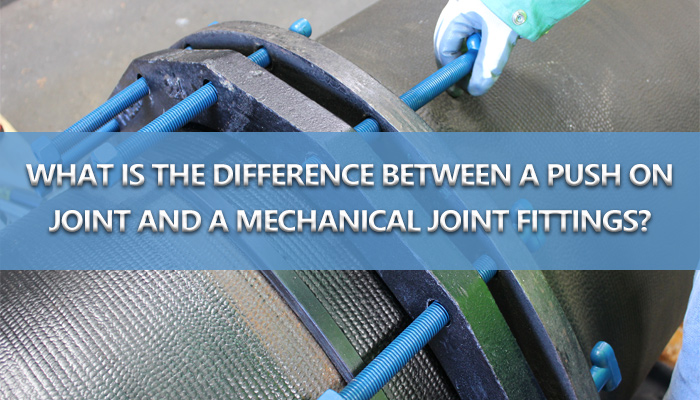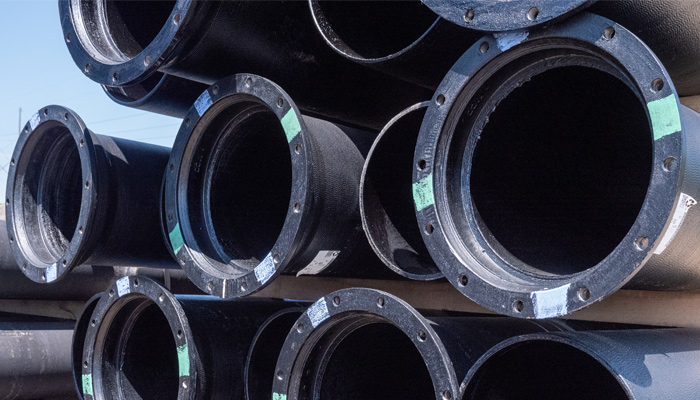If you’re in the market for pipe fittings, you may have come across the terms “push on joint” and “mechanical joint fittings.” While both types of fittings are used to connect pipes, there are some key differences between them.
Introduction
A push on joint is a type of fitting that is designed to be easily pushed onto a pipe. It works by using a specialized rubber or plastic material that is flexible enough to compress and fit snugly onto the pipe.
Once the fitting is in place, it is held securely by the pipe’s pressure. Push on joints are typically used in low-pressure applications, such as in residential plumbing systems.
Difference Between These Two Products
Mechanical joint fittings, on the other hand, are designed for use in high-pressure applications, such as in industrial settings. These fittings are made of metal and use a specialized mechanism to connect pipes. The mechanism is typically a cam lock or a threaded connection that is designed to create a secure, leak-proof joint.

One of the main advantages of mechanical joint fittings is their ability to withstand high levels of pressure. They are also more durable than push on joints and can withstand the wear and tear of repeated use.
Additionally, mechanical joint fittings can be easily disassembled and reassembled, making them a great choice for applications where maintenance is a concern.
However, there are also some downsides to mechanical joint fittings. They can be more difficult to install than push on joints, and they often require specialized tools and expertise. Additionally, mechanical joint fittings can be more expensive than push on joints.
So, when should you use a push on joint and when should you use a mechanical joint fitting? If you’re working with low-pressure applications, such as residential plumbing, a push on joint may be the best choice.

They are easy to install, require no specialized tools, and are generally less expensive. However, if you’re working with high-pressure applications, such as in industrial settings, a mechanical joint fitting is the better choice. They are more durable, can withstand high levels of pressure, and can be easily disassembled and reassembled.
Conclusion
In summary, the main difference between a push on joint and a mechanical joint fitting is the level of pressure they can withstand. Push on joints are designed for low-pressure applications, while mechanical joint fittings are designed for high-pressure applications.
Additionally, mechanical joint fittings are more durable and can be easily disassembled and reassembled, but they are also more difficult to install and may require specialized tools and expertise.